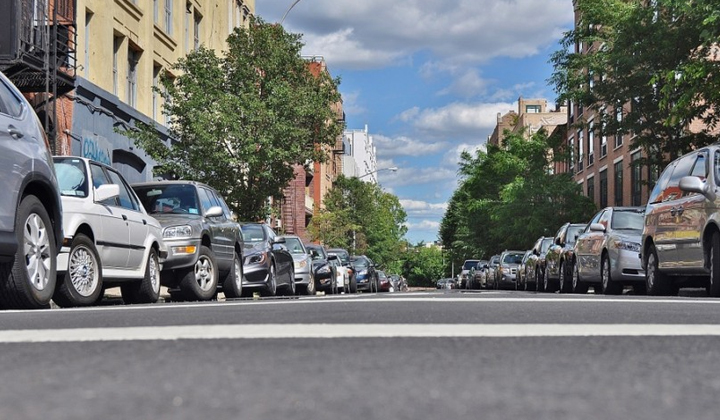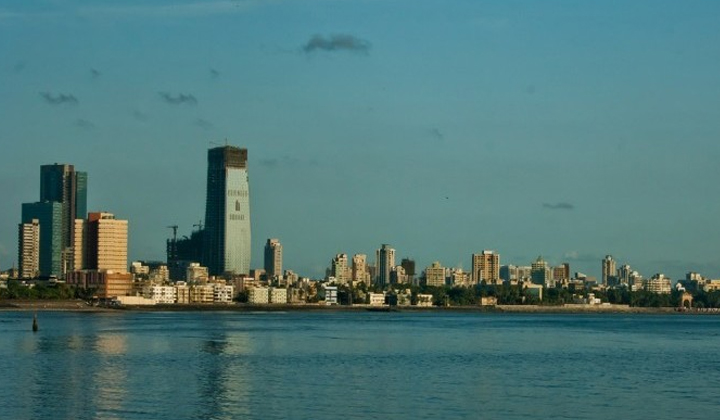Trending Now
- 830 voters names go missing in Kavundampalayam constituency
- If BJP comes to power we shall consider bringing back electoral bonds: Nirmala Sitaraman
- Monitoring at check posts between Kerala and TN intensified as bird flu gets virulent in Kerala
Real Estate
Your House Is Expensive Because Parking Is Free
![]() July 20, 2016
July 20, 2016
After the Bastille Day massacre in France’s coastal city Nice, share prices of French airline companies fell, making travel to France cheaper.
It was on July 15 that a lorry intentionally drove into a crowd celebrating Bastille Day in Nice, killing 84 people and injuring more than 100. Even in Turkey, because of a terror attack and political turmoil within the country, holiday booking declined by 40 per cent at the beginning of this year. People value safety, a reason why real estate portals rate housing projects according to the safety of the neighbourhood.
Privately owned multi-storey parking lots face similar incentives, too. The owner of a multi-storey parking lot is expected to ensure safety and maintain certain standards. If he fails, people are not likely to drive in.
But, this is not how parking space is allocated in Indian cities. Parking spaces consume valuable real estate, but parking is usually free or underpriced. If we begin to see parking space as a commodity, parking lots would be better managed. Housing would become more affordable, and roads would become less polluted and less congested.
If we assume that there are three parking spaces per car per day, the current fleet of cars occupy about 10 per cent of Delhi’s urban land. According to the Centre for Science and Environment (CSE), slums form only three per cent of the land in Delhi, though 4.5 million people live in slums. An informal house occupies about 25 to 40 square metres of land, while a parking space occupies about 23 to 28 square metres of land. In 2014, CSE estimated that, every day, registration of cars generated a demand of land equivalent to 471 international football fields. The demand for parking spaces in Delhi every day is about 1.7 times the size of Dwarka, the largest residential suburb in Asia.
Throughout the world, the cost free-parking spaces is huge. According to Donald Shoup, the world’s foremost expert on parking, off-street parking in the United States consumes an area about the size of Connecticut (about 14,357 square kilometres). This is nearly 10 times the size of Delhi. If global car ownership rises to the US levels, the total parking space would be about the size of England. It is not clear how much of parking in Indian cities is free, but in the United States, 99 per cent of parking is free. There is more to this. In Seattle, where cars were allowed to park for one hour, the average parking time was 2.1 hours. When there is an oversupply of parking, there would be an oversupply of cars on the roads. As roads and parking spaces are commonly owned real estate, everybody ends up paying the price. In studies done between 1927 and 2001, Shoup found that an average car takes about eight minutes to find a free parking space. About 30 per cent of the cars in the central business districts of 11 cities in four continents are cruising for parking space.
Many opponents of free parking overstate their case because they want everybody to walk, bicycle, or get into public transit. But it is undeniable that parking space is a commodity. People should pay for what they use. Freeriding is the norm when people do not pay for what they use. Shoup estimates that the cost of parking is higher than the cost of the car, fuel and maintenance put together. If this is true, much of the cost of driving through roads is imposed on strangers. When we buy a television, we do not expect the government to build a room to place it. This is not merely because rooms are more expensive than televisions. Such free lunches are unfair. As George Mason University economist Tyler Cowen asks, “If we do not give away cars for free, why give away parking spaces for free?” People are used to not paying for parking. So, they see parking as a service and not a commodity. Even when they can easily make their own lives easier by paying for parking, they refuse to do so.
In Delhi’s Connaught Place, the annual rent for floor space was about Rs 10,500 per square feet in 2015, but the annual rent for Category A parking spaces was about Rs 200 per square feet. Floor space costs over 50 times as much as parking space in one of the most expensive office space markets in the world. According to Colliers International, in 2011, in New York’s central business district (CBD), parking charges were 31 times higher and in London’s CBD parking charges were 50 times higher. This, however, understates the problem because even in New York, London and other global cities, parking is highly underpriced.
Parking spaces are mandatory in residential buildings, shopping malls, movie theatres and hotels in many parts of the world. This makes housing and other goods expensive because the cost is spread over many people who do not use these services. This often makes housing very expensive. In the US, for example, in many cities this is estimated to be about 15 per cent of the rent. This is a huge price to pay.
SHANU
























